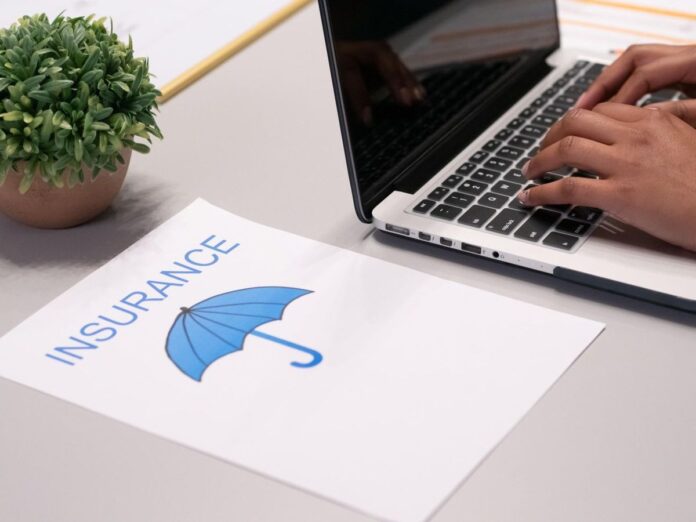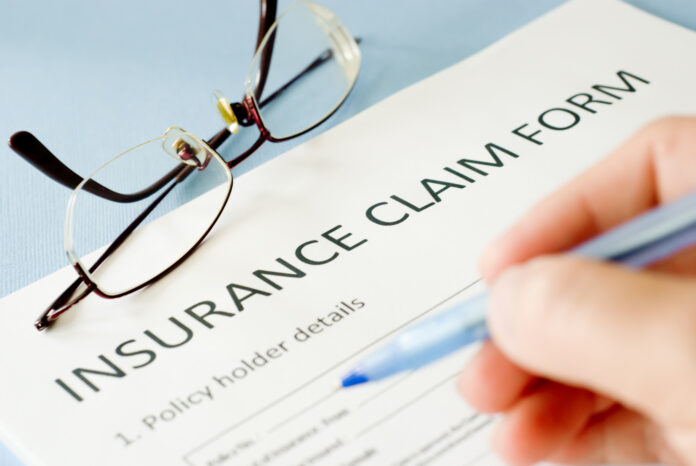Navigating the world of insurance claims can feel like stepping into a labyrinth fraught with potential legal mistakes. In fact, data from the Insurance Information Institute revealed that in 2019, about 5% of insured homeowners filed claims, primarily for property damage. However, many individuals find themselves ensnared in a series of common errors in insurance claims that can lead to delays, reduced payouts, or even the denial of claims altogether.
Key Takeaways
- Understanding the details of your insurance policy is critical to avoid costly pitfalls.
- Documenting damages thoroughly can help prevent delays in the claims process.
- Regular maintenance of your property can minimize the risk of future claims issues.
- Effective communication with your insurance adjuster is essential for a smooth claims experience.
- Being familiar with common errors will help you safeguard your financial interests.
Understanding Common Legal Mistakes in Insurance Claims

Insurance claims can be complex, and misunderstandings often lead to legal mistakes. Being aware of common pitfalls can significantly enhance your experience with claims. A crucial aspect of this process is the importance of reading insurance policies thoroughly. Often, policyholders fail to grasp key components, leading to unfortunate surprises when filing a claim.
Importance of Reading Your Policy Thoroughly
Reading insurance policies in detail is essential. Many people skim through their documents, missing vital information about exclusions and specific coverage terms. Common misinterpretations, such as confusing water backup coverage with general flood insurance, can severely impact your ability to make successful claims.
Pitfalls of Having Insufficient Coverage
Another prevalent issue revolves around having insufficient coverage. Readers must differentiate between actual cash value and replacement cost coverage. Actual cash value considers depreciation when settling claims, while replacement cost provides a more accurate representation of the item’s full value. Not understanding coverage limits can lead to significant out-of-pocket expenses, particularly in disaster-prone areas. Engaging in proactive discussions with your insurance agent helps ensure you have adequate protection to prevent financial strain.
| Coverage Type | Description | Implications |
| Actual Cash Value | Takes depreciation into account when settling a claim | Lower payouts may result in financial loss |
| Replacement Cost | Covers the full cost of replacing an item without depreciation | Usually provides higher payouts and better financial protection |
| Water Backup Coverage | Protects against damages caused by sewer backups or similar events | Essential in flood-prone areas to prevent unexpected costs |
Legal Mistakes to Watch Out for in Insurance Claims and How to Avoid Them

Insurance claims can become complicated, particularly when legal mistakes are involved. Being aware of these common pitfalls can protect your rights and financial interests. Two major areas to focus on include properly documenting damage and avoiding unnecessary delays in the claims process.
Failing to Document Damage Properly
One significant legal mistake involves failing to document damage adequately. When you neglect to document damage in insurance claims, it can severely hinder your ability to substantiate your claim. Without a thorough photographic record showing the extent of the damages, you may encounter challenges when negotiating with the insurance adjuster. It is imperative to capture detailed ‘before’ and ‘after’ photos to ensure you provide solid proof of your losses.
Delaying the Claims Process
Another common error is delaying the claims process. Prolonged delays can exacerbate existing damage and could lead to claim denials. Filing your claim promptly after sustaining damage not only mitigates financial impacts but also helps in expediting repairs. Be aware that some insurers may employ tactics such as communication delays, leading to insurance claim errors that frustrate claimants.
| Error Type | Impact on Claims | Strategies to Avoid |
| Failing to Document Damage | Weakens the claim, making it harder to prove | Take comprehensive photos and videos immediately |
| Delaying Claims Process | Increases the risk of claim denial | File claims as soon as the damage occurs |
| Communication Errors | This leads to misunderstandings and delays | Maintain clear documentation of conversations |
Avoiding Insurance Claim Mistakes: Best Practices

When it comes to navigating insurance claims, following best practices can significantly impact your experience. By focusing on effective communication and property maintenance, you can safeguard your interests and streamline the claims process.
Tips for Communicating Effectively with Insurance Adjusters
Clear and concise communication with insurance adjusters is essential. Start by staying organized and documenting all interactions. Here are some strategies that can assist you:
- Prepare all necessary documents before speaking with an adjuster.
- Clearly state the extent of the damages you are reporting.
- Ask questions if anything is unclear to ensure you understand the process.
- Follow up in writing to confirm what was discussed and any agreements made.
Learn more about effective ways to communicate with insurance adjusters to ensure a smoother claims process. By communicating with insurance adjusters effectively, you help to prevent misunderstandings that may lead to delays or issues with your claim.
Maintaining Regular Property Upkeep
Regular property maintenance can protect your home and its value, while also supporting your insurance claims. Neglecting maintenance can lead to problems that are not covered under your policy. Consider these steps:
- Conduct routine inspections of your property, focusing on areas like the roof, plumbing, and electrical systems.
- Keep a detailed inventory of your belongings, which can simplify the claims process if needed.
- Address repairs promptly to avoid further damage that could jeopardize your coverage.
Implementing these insurance claim best practices not only keeps your property in good condition but also ensures you remain protected in case of unexpected events. Regular property maintenance pays off in the long run, both in terms of your peace of mind and your insurance coverage.
Conclusion
In summary, navigating the complexities of insurance claims requires diligence and a clear understanding of your responsibilities. By recognizing common legal mistakes, you can adopt effective insurance claim strategies that will pave the way for a successful outcome. Ensuring you read your policy thoroughly and maintaining proper documentation are foundational steps to avoid legal mistakes in claims.
FAQ
What are some common legal mistakes made during insurance claims?
Common legal mistakes in insurance claims include misunderstanding coverage terms, failing to document damage adequately, delaying the claims process, and not maintaining properties appropriately. These pitfalls can adversely affect your claim outcome.
Why is it important to read my insurance policy thoroughly?
Reading your insurance policy thoroughly is crucial because it helps you understand your coverage, including any exclusions or limitations. This knowledge can prevent significant misunderstandings and ensure you have adequate coverage for potential claims.
How can I avoid the mistake of not documenting damage properly?
To avoid the mistake of failing to document damage, always take detailed photographs of any damage, ideally before and after repairs. This evidence is essential for supporting your claim and may be required by your insurer.
What should I do if I have insufficient coverage?
If you suspect you have insufficient coverage, it’s important to have a proactive conversation with your insurance agent. They can help you understand the difference between actual cash value and replacement cost coverage, and recommend appropriate levels of coverage for your needs.










